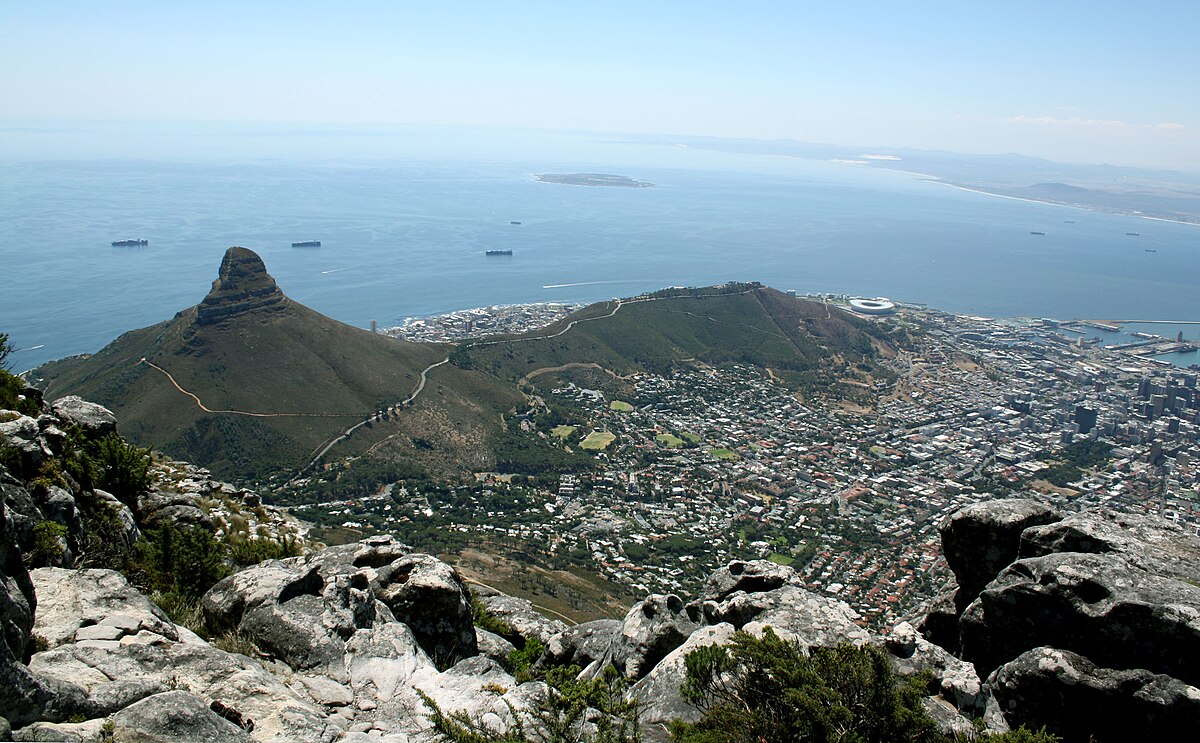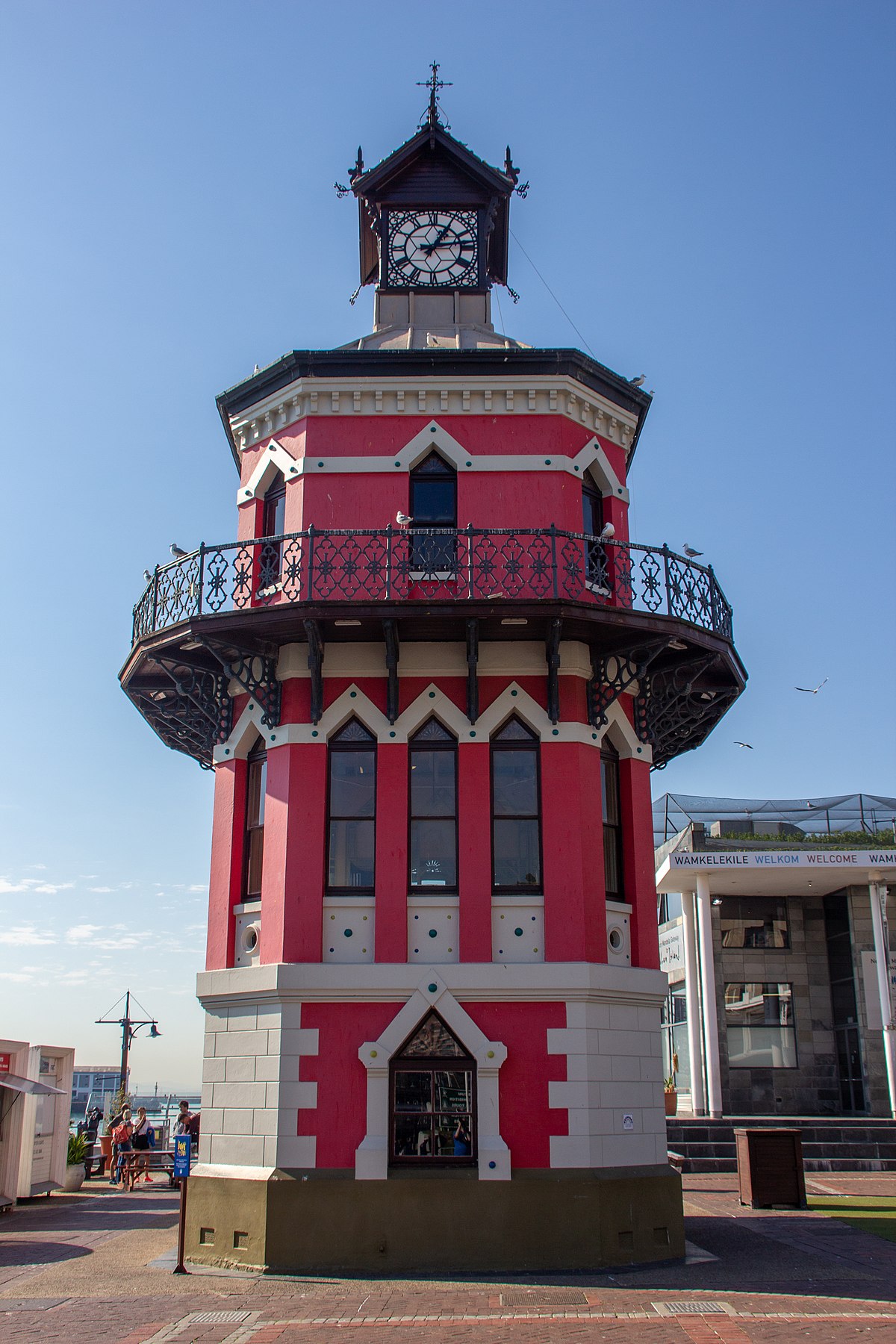
Greenmarket Square
Free app for self-guided walking tours. Tap locations on the map to load real historical stories in the app.







This area covers Cape Town city centre and waterfront, tracing colonial port building, civic rule, contested streets, and redevelopment.
In the 17th to 19th centuries, military and commercial priorities anchored the town around the Castle of Good Hope, markets, and shipping routes. By the late 19th century, harbour works and rail links expanded the docklands and drew finance, warehouses, and workers into a dense commercial core. By the mid-20th century, centralized administration and segregation policies reshaped inner-city housing and commerce, concentrating authority in civic buildings and displacing mixed communities. In the late 20th century, political transition shifted the use of central squares and theatres toward mass gatherings and public culture. From the 1990s onward, docklands and the CBD were retooled for tourism, events, and business, with the Cape Town International Convention Centre illustrating convention-led renewal alongside preserved historic fabric.

In 1988, activists, former residents, and students met at the former Methodist Mission Church (now District Six Museum) for the “Hands Off District Six” conference to oppose redevelopment without resettlement; this led to the District Six Foundation in 1989 and the museum’s opening in 1994.

At the Clock Tower, completed in 1882 as the Port Captain’s Office, a second-floor mirror room let the Port Captain monitor the harbour without leaving his post, enabling interventions in disputes and cargo checks that directed daily dock operations.

After slavery was abolished in 1834 and color rules eased, Bo-Kaap residents painted former huurhuisjes in multiple colors, marking a shift from regulated rentals to owner-controlled homes in a community first laid out by Jan de Waal in the 1760s.

On 11 February 1990 at Cape Town City Hall, Nelson Mandela delivered his first public address hours after release—borrowing Winnie Mandela’s glasses to read—which signaled the start of negotiations to end apartheid and mobilized nationwide organizing.

Greenmarket Square
Click on any location below to find it on the map and discover more about the neighborhood.
Storydex uses AI to create historical stories based on multiple sources, with citations for further exploration. While we strive for accuracy, please verify important details. We're always improving, so if you spot an error or have feedback, let us know!